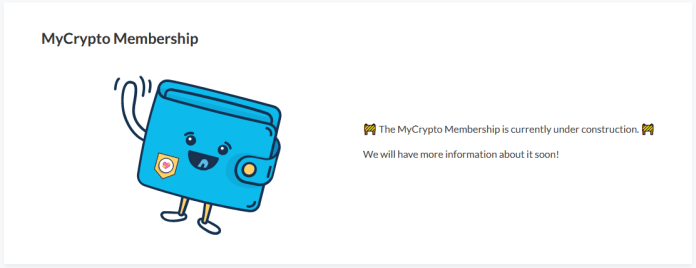NFT subscriptions are bearer assets, where creators and users both win.
From Netflix to Prime Video and Spotify, putting up a paywall and charging people seems to be the model that prevails.
When it comes to unsubscribing from something however, it can be less appealing. With the Times newspaper as an example, the internet has detailed the difficulties of getting rid of a subscription agreement.
Almost 3,000 upvotes and 123 comments were left on a screenshot of its subscription cancellation page on Reddit. Subscribers can opt out in two ways: chat with a “customer care advocate” or call an 800 number during operating hours. Since all customer service representatives are busy, you’re unlikely to be able to speak with them.

According to Cory Doctorow, the Times’ cancellation page is a classic example of how late-stage capitalism creates “paperwork tsunamis”: You can enter easily, but you must overcome “an infinite number of hurdles” to leave. Are blockchains capable of fixing this problem?
Blockchain
The benefits of blockchains are that they give power to the end user. Due to its bearer nature, a cryptocurrency token can be exchanged and retain its value without requiring a third party. Bearer bonds, gold, and cash are all examples of this.
Tokenising subscriptions transforms them into bearer assets, which flips the relationship between publisher and reader. Rather than a publisher holding a reader’s account details, readers hold the keys to the content gates, and they are free to do what they want with them.
An NFT access pass
The infrastructure to offer NFTs is available to any brand that wishes to offer them. The way you use a membership subscription in conjunction with an NFT is entirely up to the brand’s creativity.
You may use NFTs, such as digital tickets, to gain access to a gated collection of products. Or you may also use a subscription membership to gain access to gated content, such as early access to NFT drops, media, or exclusive offers.
Paywalls vs NFT Subscriptions
Increasingly, paywalls are how the news industry pays for itself. Globally, 17 percent of readers polled by the Reuters Institute have paid for news online in some form in the past year, up two points from the year before. Though most people still get their news for free, paid news is on the rise, especially in wealthy countries.
With more paywalls being built, readers may find themselves trapped by paperwork tsunamis if things don’t change. Imagine if readers had a single key to unlock multiple content gates? It would be even better if that key were a token they kept in their wallet.

Wallet provider MyCrypto has already done this. The service uses non-fungible tokens (NFT) to gate some of its services through something called the Unlock Protocol. With the right NFT, a user can access MyCrypto’s Discord or have ads removed from the website. With a single NFT, content can be unlocked on multiple platforms and environments – a welcome solution to the multi-paywall world.
Cancellation
The crypto playbook also offers a lesson for legacy media: self-custody. The ability for readers to cancel their subscriptions at any time with ease, is extremely valuable. To achieve this, they must control the keys, not the publisher.
The concept of self-custody is at the very heart of cryptocurrencies. The idea is to exclude intermediaries such as banks, which charge you to control your assets, and instead control them directly.

If someone has been using the membership for a while and decides to reduce costs, they can sell it to someone else, giving the project a percentage of the sale by doing so. There’s no need for a project to spend the administrative time or overhead trying to manage the membership, changing payment methods, setting up a new member, etc.
As they say, not your keys, not your coins. The idea of securing your entire net worth in this way can seem daunting. But what about managing your streaming and newspaper subscriptions? Perhaps NFT subscriptions are the perfect solution.
A cheaper option for publishers
A blockchain may also be cheaper to operate than traditional paywalls. Due to blockchain’s transparency and open source nature, they create a commons for users to rely on.
For instance, Unlock Protocol allows anyone to tokenise a paywall because the code is open-source and the smart contracts are deployed on the Ethereum network. Publishers don’t have to develop their own systems or rely on the efforts of a 3rd party. An open technology can be used instead, and in Unlock’s case, its native tokens can even be held to propose and vote on changes.
Web3 solutions
NFT subscriptions don’t just lie just with Unlock Protocol. Rather, it goes beyond any one protocol or project. Publishers and readers are instead being served by solutions combining various Web 3 technologies.
One such project is Steady Stack, who are pioneering a subscription-based model for NFT’s that is both innovative and appealing to the market. The project is bridging the gap between subscriptions and software-as-a-service, merging them into the ecosystem of non-fungible tokens that they are developing.
Paywalls are becoming more and more common, so both publishers and readers must be careful not to get entrapped. We can lock down content, but we must do so in an equitable and sustainable manner – otherwise, we create a bureaucracy that traps readers, while excluding others who can’t afford to enter the exclusive content. We need to ensure the right people are holding the keys to our paywalled future, NFT subscriptions are paving the way.



